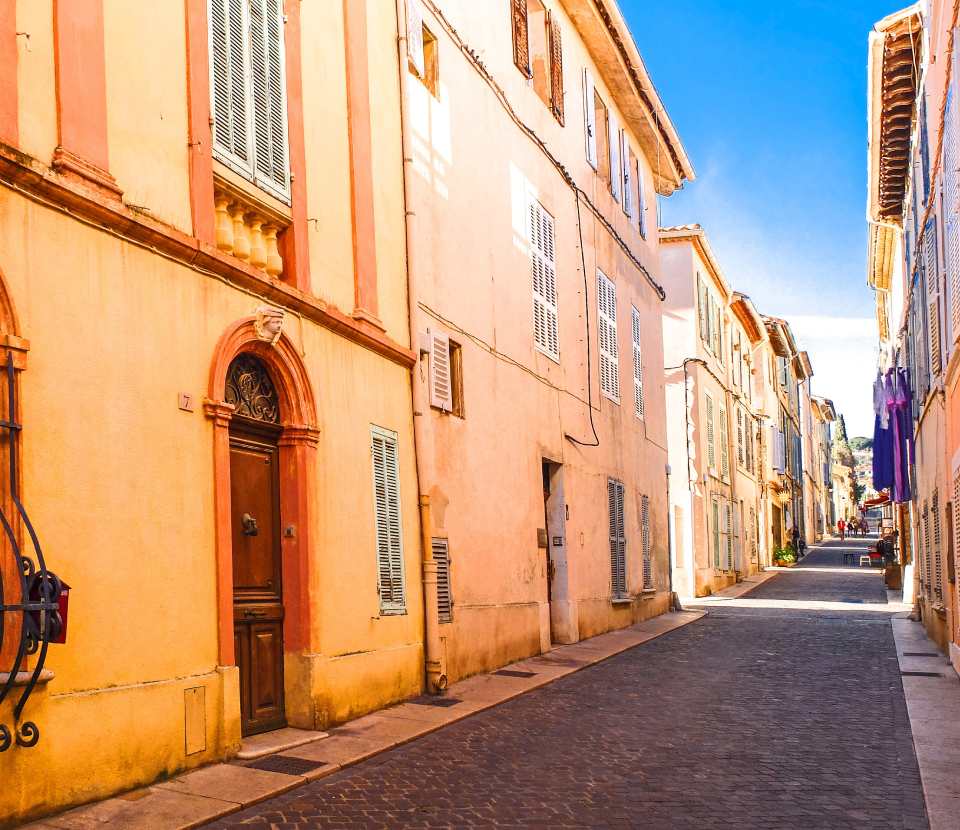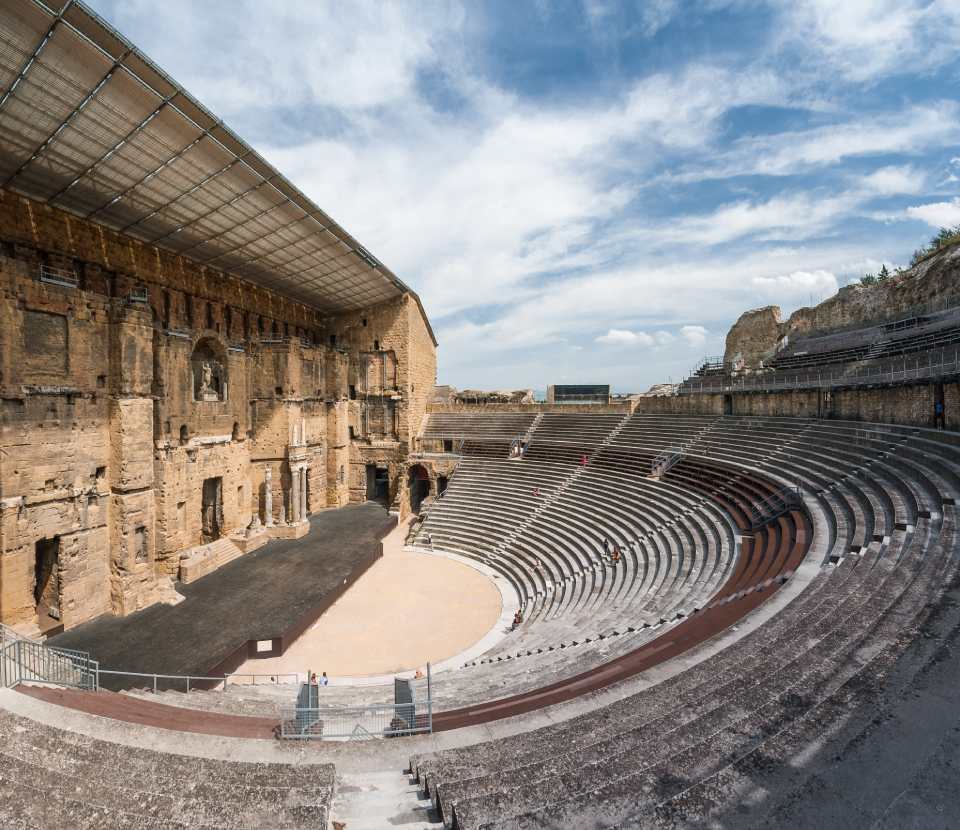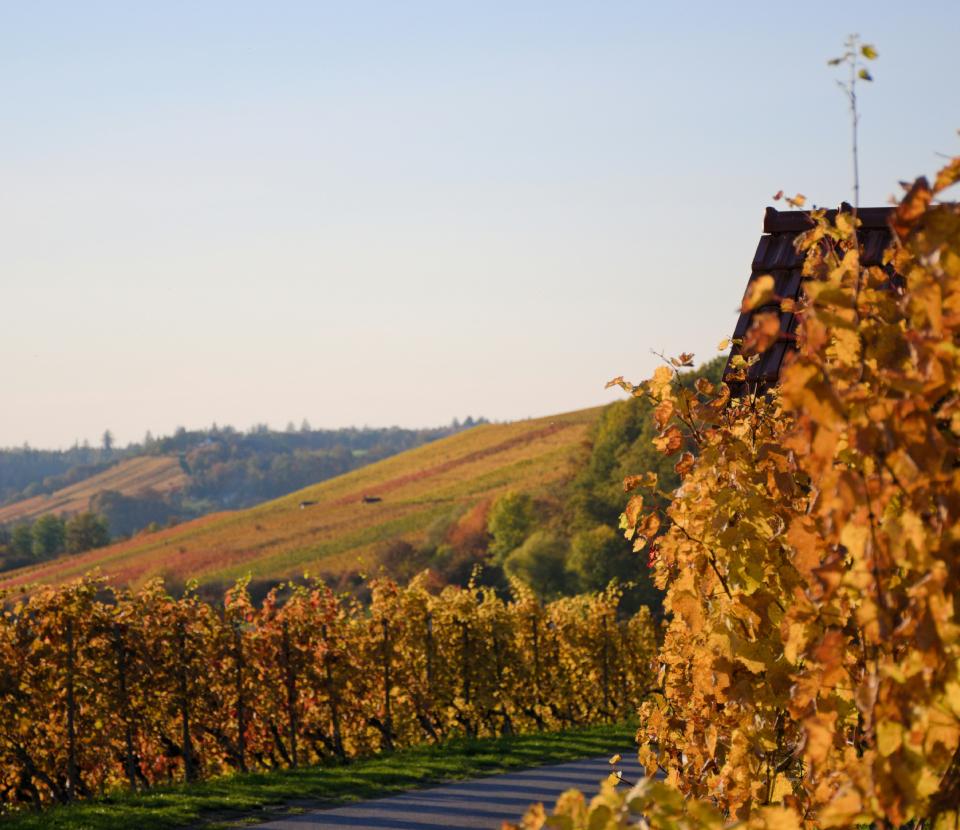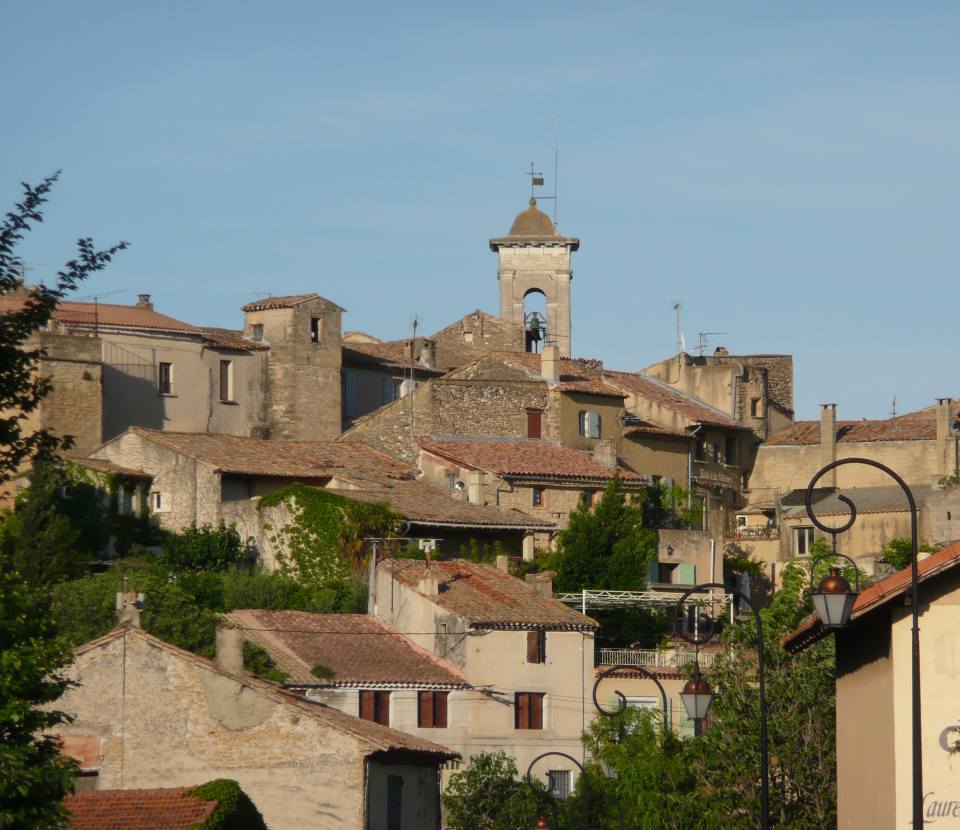Visit the city of Orange
Located in the heart of Provence, in the Rhone Valley, Orange is a destination with a rich historical and cultural heritage. The town of Orange is the ideal gateway to discover the region and immerse yourself in Roman history while enjoying the charms of Provence. Thanks to its mild, sunny climate, Orange attracts thousands of visitors every year in search of discovery and authenticity. Take advantage of your stay at our Vaucluse campsite Le Garrigon to visit Orange and the surrounding area.

History of Orange
Orange’s history dates back to ancient times, when the town was known as “Arausio”. It was founded by the Romans in 35 B.C. after a decisive victory over the local Celtic peoples. Orange became a prosperous colony, benefiting from its strategic position in the Rhone valley, facilitating trade and military exchanges. At the height of its development, the city was enriched by grandiose monuments, including the famous ancient Orange theater and the triumphal arch, symbols of Roman glory. During the Middle Ages, Orange underwent several invasions and changes of power. In 793, it became an independent principality, under the authority of the Princes of Orange. It wasn’t until 1713 that the town became part of the Kingdom of France under the Treaty of Utrecht, after having belonged to the House of Orange-Nassau, which gave its name to the royal family of the Netherlands. Today, the historical imprint of this period can be seen in the town’s streets and old buildings, offering history buffs a veritable journey back in time.
The ancient theater of Orange
The ancient theater of Orange is undoubtedly one of the jewels of Roman heritage in Europe. Built under the Emperor Augustus in the 1st century A.D., it is one of the few Roman theaters to have preserved its 37-meter-high stage wall. This impressive monument, a UNESCO World Heritage Site, is the venue for numerous performances and festivals, including the famous “Chorégies d’Orange”, an opera and classical music festival that attracts audiences from all over the world every year. Orange’s ancient theater once held up to 9,000 spectators and served as an entertainment venue, where tragedies, comedies and shows of all kinds were performed. Today, its exceptional acoustics continue to delight lovers of lyrical and dramatic art. A visit to the theater not only reveals its remarkable architecture, but also offers a glimpse into the daily life of ancient Rome, where leisure played a central role in society.


Wine tourism
In addition to its historic heritage, Orange is located in the heart of one of France’s most famous vineyards, the Rhône Valley. Wine tourism in the region is a must for wine and food lovers. Wines from the Orange region are world-renowned for their quality, and the surrounding vineyards offer enriching tastings, where you can discover the subtleties of local grape varieties such as Grenache, Syrah or Mourvèdre. Prestigious appellations such as Châteauneuf-du-Pape, Côtes du Rhône and Gigondas are within easy reach of Orange, offering numerous opportunities for visits and tastings. Several wineries open their doors to visitors, offering guided tours of caves, walks through vineyards and, well, tastings with commentary by passionate experts. It’s an excellent way to combine the discovery of the Provencal countryside with that of the wine culture, deeply rooted in Orange’s history.

Visit the villages of Orange en Provence
Around Orange, there are several picturesque villages worth visiting for their charm, history and typically Provencal atmosphere. These villages offer the ideal setting to extend your discovery of the region and enjoy its enchanting landscapes.
- Châteauneuf-du-Pape: this village is undoubtedly one of the world’s benchmarks for wine. Located some ten kilometers from Orange, Châteauneuf-du-Pape is renowned for its vineyards, which produce powerful, elegant wines. The village is dominated by the ruins of the Château des Papes, built in the 14th century by the Popes of Avignon. A visit to the village will reveal its caves, its vineyards as far as the eye can see and its history closely linked to the world of wine.
- Courthézon: Courthézon, located between Orange and Avignon, is a charming medieval village with traditional architecture and cobbled streets. The village boasts a rich historical heritage, with the remains of its ramparts bearing witness to its tumultuous past. It’s also at the heart of the Côtes du Rhône vineyards, offering great opportunities for walking and wine-tasting in the surrounding area.
- Caderousse : nestled in a loop of the Rhône, Caderousse is a peaceful village surrounded by ramparts built to protect it from the river’s floods. This unique setting makes it a particularly pleasant place to stroll. Its shady lanes, stone houses and Romanesque church give Caderousse an authentic Provencal atmosphere.
- Jonquières: Jonquières is another typical Provencal village, located just a few kilometers south of Orange. Well-known for its vineyards, Jonquières is an ideal place for wine lovers who want to get off the beaten track. The village offers visits to wine estates in a warm and intimate setting, far from the hustle and bustle of tourism. It’s a haven of peace where you can enjoy the tranquility of the Provencal countryside.
Take advantage of our campsite near Orange to explore the Vaucluse region and Orange.
